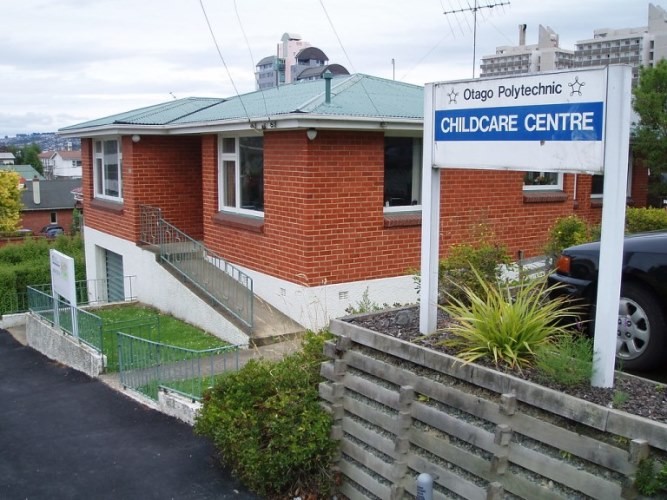How to save money on child care:
Parenthood is a crazy whipsaw of emotions when having a new child in your life, and to save money on child care is a massive goal. Taking care of your little one is a financial challenge and a stress inducer. No matter where you live in the US, the average daycare cost for an infant is $2,000. (Slightly less for toddlers)
Tax Code Advantage
Fortunately, the IRS offers some important tax breaks, among them is dependent care flexible spending accounts. There is a broad range of providers you pay, including daycares, preschools, nannies, and day camps. The catch is that your employer needs to offer FSAs; you can sign up and choose a contribution amount. Parents can deduct up to $5,000 a year if they file jointly or $2,500 on a separate filing.
Because it’s a deduction, the amount depends on your tax bracket; your saving on child care is around 30%. Alternatively, you can claim the child care credit, similar to FSAs; which helps offset the cost for your children under the age of 13. The credit is worth up to 35% for one child, and to qualify parents must use the provider. While most should opt for an FSA, the child care credit is a better choice for parents in lower tax brackets.
Ordinarily, you can’t use flex dollars and claim the child care credit, but parents with multiple dependents can use their full FSA allowance. Keep in mind; nearly half of the states have dependent care tax breaks to save on child care. Needless to say, know about saving money on child care is always a good thing and it pays to do a little homework on your local laws.
Pass the Buck on Family
Not every grandparent has the energy to pick up some of the load but it is a great way to save on child care fees. If your parents live close enough, they can pick up your child from preschool, or sometimes provide care at home, which can save serious cash. Moreover, creating a bond between the child and grandparent that they will cherish for a long time to come.
Consider Home-based Centers
To know about saving money on child care, it pays to do a study of costs, and home-based daycare centers are less expensive. The daycare facilities in the vast majority of child care providers were at least 20% cheaper. If you can find one, you save money on child care with a comfortable margin.
Explore Cooperative Preschools
Cooperative nursery schools save on child care; it can be a less pricy alternative to more traditional models. The school asks parents to volunteer, a few times per year, rather than hiring a teacher’s assistant. In the classroom, imparting early education is thoroughly enjoyable, and the experience of child care erases the daunting bills. You may also look for alternate daycare programs to save on child care that keeps the cost down.









